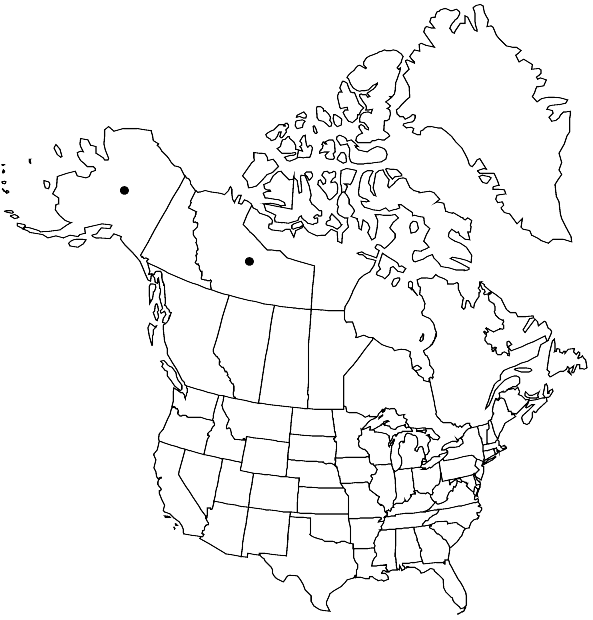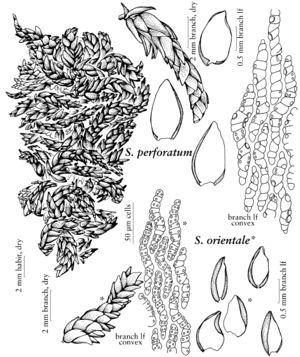Difference between revisions of "Sphagnum perfoliatum"
Bot. Mater. Otd. Sporov. Rast. Bot. Inst. Komarova Akad. Nauk S.S.S.R. 7: 208. 1951,.
FNA>Volume Importer |
imported>Volume Importer |
||
| (One intermediate revision by the same user not shown) | |||
| Line 41: | Line 41: | ||
|publication year= | |publication year= | ||
|special status= | |special status= | ||
| − | |source xml=https:// | + | |source xml=https://bitbucket.org/aafc-mbb/fna-data-curation/src/2e0870ddd59836b60bcf96646a41e87ea5a5943a/coarse_grained_fna_xml/V27/V27_75.xml |
|genus=Sphagnum | |genus=Sphagnum | ||
|section=Sphagnum sect. Subsecunda | |section=Sphagnum sect. Subsecunda | ||
Latest revision as of 21:28, 5 November 2020
Plants moderate-sized, upright but weak-stemmed; golden brown to dark brown; capitulum distinct and often with strongly curved branches. Stems brownish to dark brown; superficial cortex of 1 layer of enlarged, thin-walled cells. Stem leaves triangular-lingulate to lingulate; 0.8–1.2 mm; apex rounded and sometimes erose; hyaline cells non-septate or sometimes septate, usually fibrillose in distal 1/2 of leaf, convex surface with very small pores (ca. 2 µm) along commisures and free, concave surface with fewer commissural pores. Branches turgid and often strongly curved. Branch fascicles with 2 spreading and 2 pendent branches. Branch leaves ovate-lanceolate; 1.4 or more mm; mostly subsecund; hyaline cells on convex surface with numerous small (2 µm or more) pores along the commissures and sometimes free, concave surface with no pores or fewer small pores along the commissures. Sexual condition not known. Capsule not seen. Spores not seen.
Habitat: Low to moderate elevations
Distribution

N.W.T., Alaska, Asia.
Discussion
For ecology, see discussion under 59. Sphagnum orientale. Sporophytes of Sphagnum perfoliatum are apparently rare.
Selected References
None.
